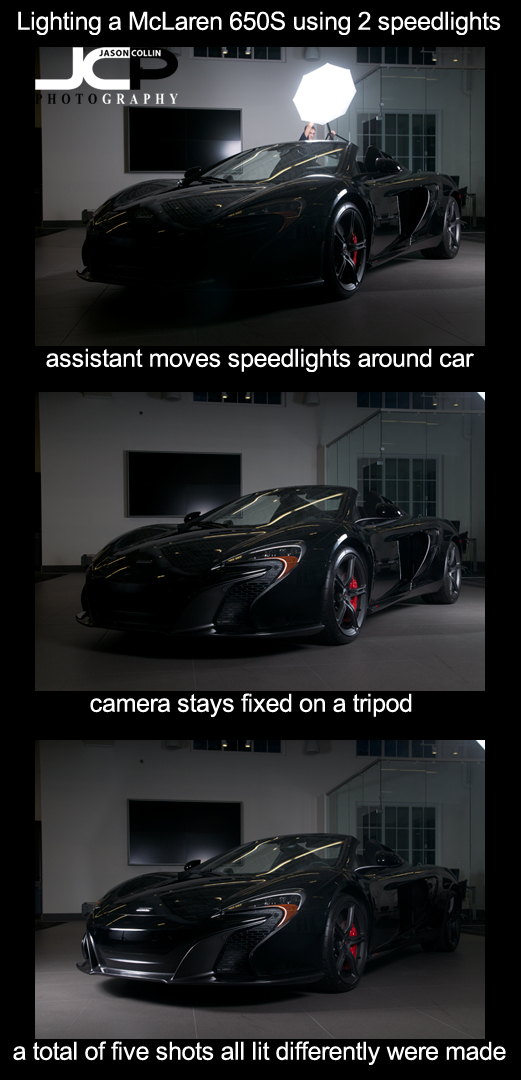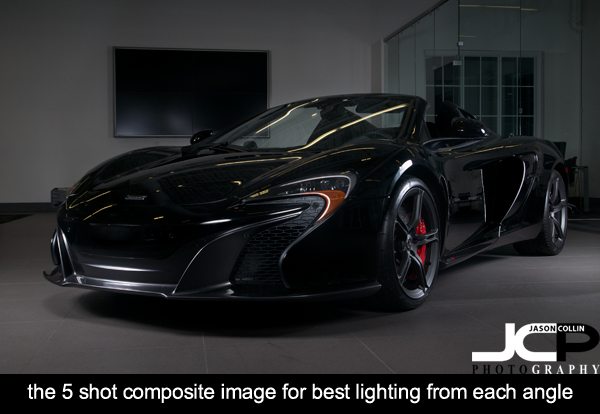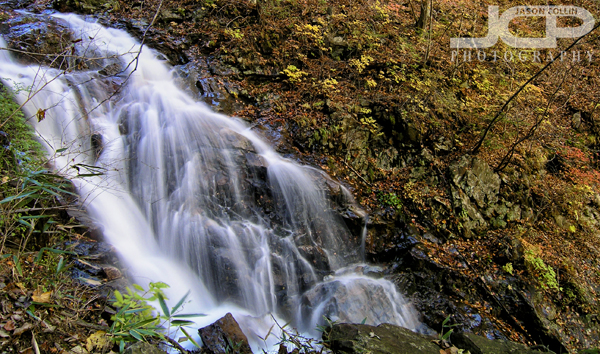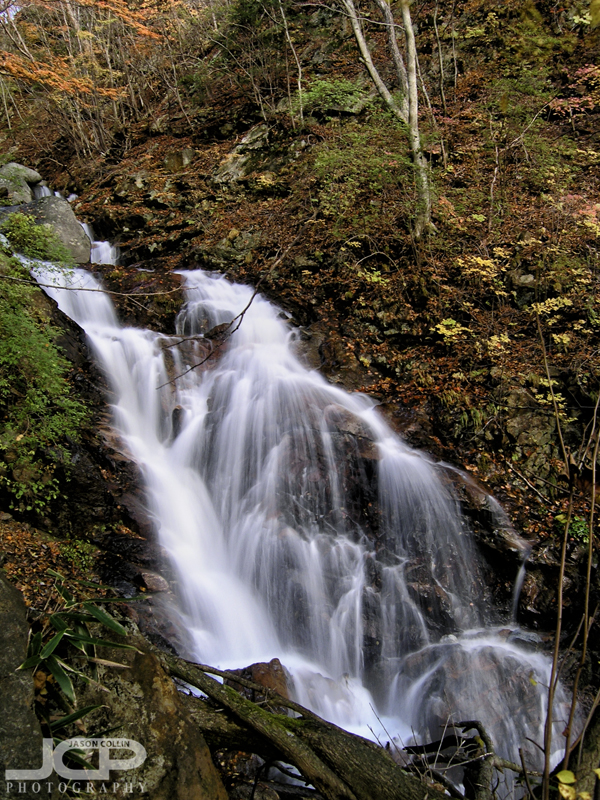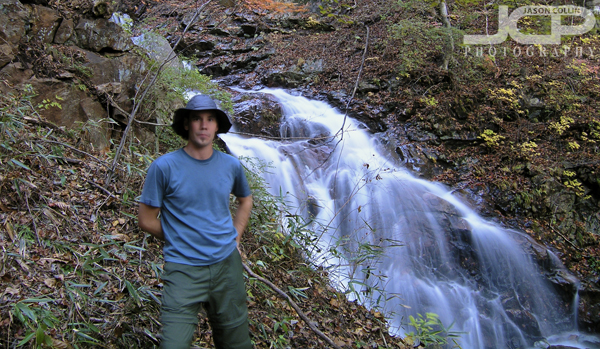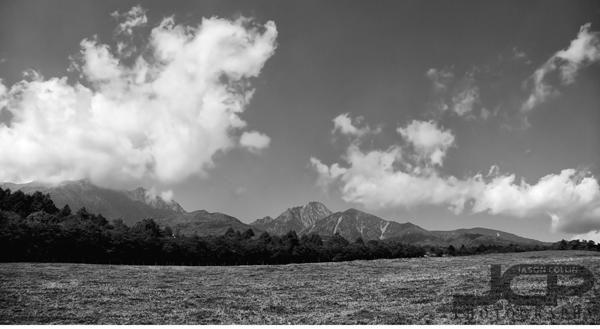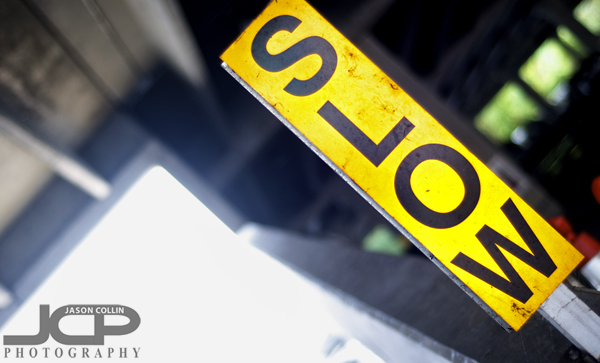 The fastest way to get better at photography is to slow downOne of the fastest ways to improve your photography is to slow down. I have taught hundreds of people 1-on-1 in the Tampa Bay area and often I see an unnecessary sense of urgency in trying to get a photo among people new to DSLR photography. It is true, when I am on a job shooting, I defnitely have a sense of urgency to produce in a timely manner, but this is not the case for someone out learning photography. There is no pressure to produce for a client, and certainly no money on the line when you press the shutter! So why not slow down and take the pressure off of yourself?
The fastest way to get better at photography is to slow downOne of the fastest ways to improve your photography is to slow down. I have taught hundreds of people 1-on-1 in the Tampa Bay area and often I see an unnecessary sense of urgency in trying to get a photo among people new to DSLR photography. It is true, when I am on a job shooting, I defnitely have a sense of urgency to produce in a timely manner, but this is not the case for someone out learning photography. There is no pressure to produce for a client, and certainly no money on the line when you press the shutter! So why not slow down and take the pressure off of yourself?
There are a number of ways to slow down your photography. One way is to use a tripod. Attaching your camera to three long legs, having to carry that larger system around, and most significantly being able to set the camera on a stable structure so you do not have to support the weight of it while shooting, all naturally slows things down. Shooting with a tripod is very relaxing. You can frame the shot exactly how you want adjusting the tripod head. You can stop and think as the physical burden of holding the often heavy-ish DSLR and lens is removed. Picking up, moving, and re-setting up a tripod takes time that you can use to really think about what you would like to photograph next.
Another way to slow down your photography is to give yourself a shot limit. When I got my first DSLR in 2008, I took a lot of shots, but at least I was grinding through self-teaching myself photography. However, even after establishing my 5-step system for shooting in manual mode, I would go to a park or some place and come back with 300+ shots. That is a lot of shooting when not on a paying job! There is no way I could have really thought out each of those shots. So I recommend giving yourself a shot limit. The next time you go to a park, pretend it's like the film days and give yourself only 24 presses of the shutter, or 36, just choose something less than 50. Mistakes count as one of those shots. When thinking of making a photograph you will start to develop a more critical eye and decide is this really something I want to shoot? What is the subject matter? What is the story this photograph will tell?
Slowing your photography down by using a tripod and/or giving yourself a shot limit will allow you to answer those questions. You will also have far fewer shots to go through to find the gems you want to edit and keep. Try slowing down your photography as you learn and even after you have become an accomplished shooter. Did you come back home with a higher number of keeper images?


